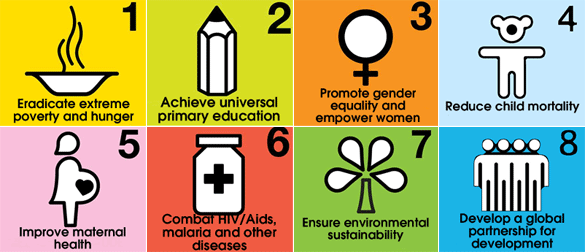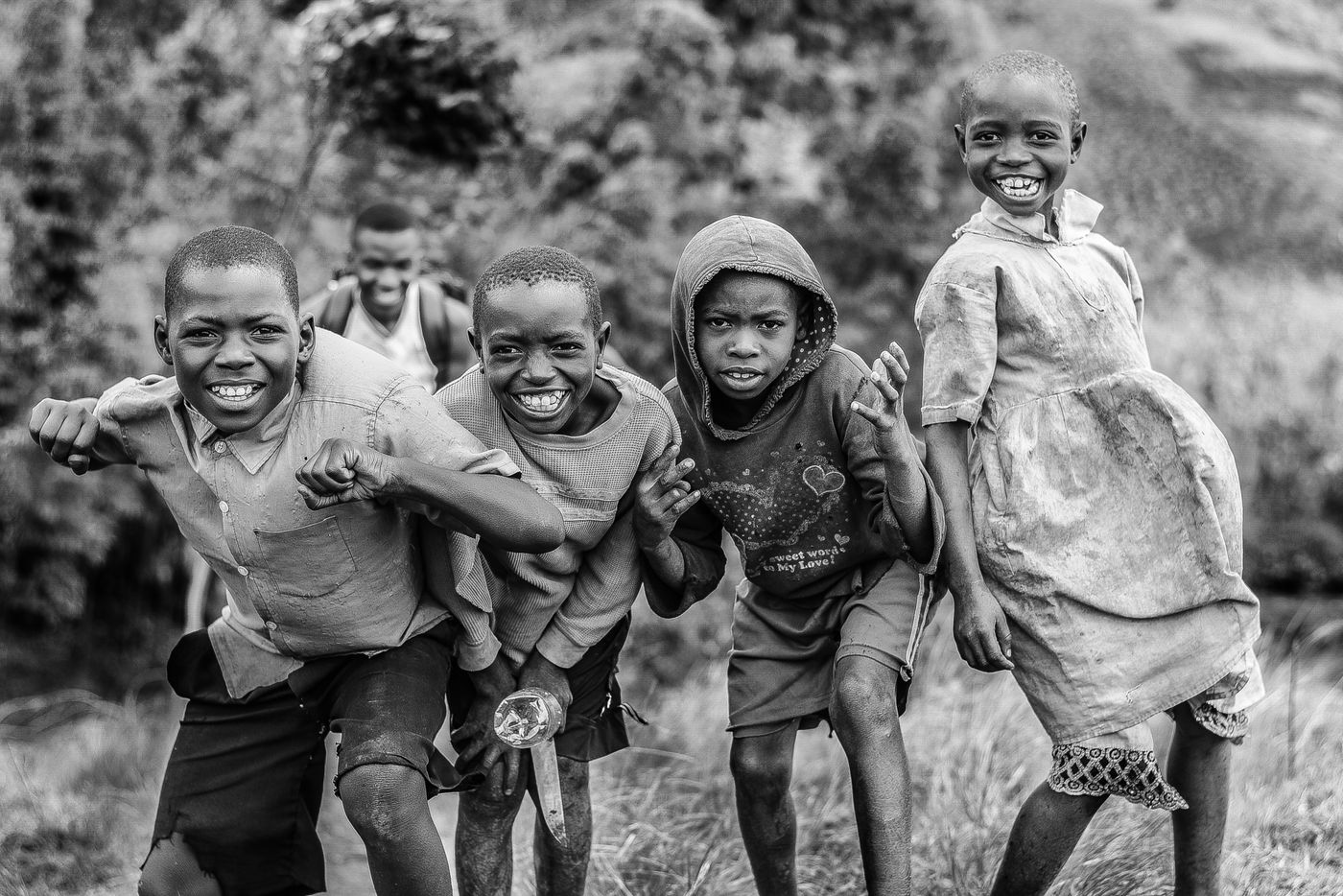
一個關心社會、環境、永續的青年,想跟對各種社會議題、永續發展、CSR、SDGs相關議題有興趣的各位交流,一起成為影響世界的起點!
What are SDGs? The past and present of the United Nations Sustainable Development Goals (SDGs), the transition from MDGs (The Millennium Development Goals) to SDGs

On September 25, 2015, on the occasion of the 70th anniversary of the founding of the United Nations, governments and world leaders jointly announced the Sustainable Development Goals (SDGs) of the United Nations, as a sustainable development goal for the next 15 years (until 2030). Guidelines for development, together with devoting resources to problems and finding solutions.
From the beginning of the Industrial Revolution to today's uneven regional development, one earth, two worlds
Since the invention of the steam engine in the industrial age, human civilization has continued to develop upwards. The scale of cities in various countries has continued to expand. Power plants and oil rigs have been squeezing the blood of the earth on the sea. The footprint of human civilization has spread to every corner of the world.
The economic growth is accompanied by various social and environmental problems. When you are happy sitting in the beautifully decorated cafe, blowing the air, and tasting a cup of fragrant American food. There is a group of people in the world who are facing the threat of hunger, war, poverty and disease. They do not have stable jobs, have not received a good education, and live in places that cannot withstand even minor natural disasters. They can only work in dangerous and overworked factories or mining areas. The only cultivated land is extremely barren and polluted. Full of germs and dirt.
We are bound to find solutions for uneven regional development and excessive consumption of natural resources from a global scale, and pursue a fairer, better and more sustainable world.
History of the United Nations Sustainable Development Goals (SDGs)
1. Proposition of the 2000 Millennium Development Goals (MDGs )

In 2000, leaders of 189 countries signed the Millennium Development Goals (MDGs) at the UN summit. The plan aims to achieve 8 goals by 2015, namely: eradicating extreme poverty and hunger, universal basic education, promoting gender equality and empowering women, reducing child mortality, improving maternal health, combating viruses and other diseases, and ensuring environmental sustainability Partnerships with global collaborations.
In just 15 years, global poverty has fallen by 12%; the number of school-aged children out of school has more than halved; the number of people receiving AIDS treatment has risen 15-fold; 6 million people have been prevented from dying of malaria through widespread installation of mosquito nets . These achievements are largely due to the growth of the economy, the efforts of governments and business leaders.
But facing the issue of "sustainable development" in the global dimension, the United Nations Development Programme (UNDP) knows that there is still a lot of room for improvement in the world. Issues such as gender equality, climate change, environmental pollution, poverty, etc. remain to be resolved.
2. Announcement of the 2015 United Nations Sustainable Development Goals SDGs
The United Nations Sustainable Development Goals (SDGs) proposed in 2015 include 17 sustainable development goals and 169 tracking indicators , while taking into account the development in the three dimensions of "economy", "society" and "environment", providing governments and business leaders of various countries a more comprehensive framework. The 17 goals of sustainable development affect each other and are linked together. Therefore, in practice, all goals must be integrated and conceived to form an overall action plan. (Download the Chinese version of the SDGs of the United Nations Sustainable Development Goals)
Compared with MDGs, it mainly targets developing countries, low-developed countries and undeveloped countries. The SDGs 17 goals include challenges that developed countries need to face, such as "promoting sustainable economic growth and employment", "building sustainable urban and rural areas", "responsible consumption and production patterns" and so on.
- SDGs strengthen the link between goals and climate change and the environment
Today , climate change is no longer a rhetoric, but a huge trend that everyone can feel. Climate change greatly affects the resilience of a country as it develops. Therefore, compared with the MDGs, the SDGs regard climate change and environmental sustainability as important goals, including "taking measures to cope with the impacts of climate change", "sustainability of marine resources", "maintaining ecology and biodiversity", " Access to clean energy ," etc. SDGs reinforce the idea of the planet's limited resources in goals that take into account the future of our next generation.
- Insufficient "level of involvement" in developed countries for MDGs targets
The MDGs proposed in 2000 pointed out the problems faced by developing countries, underdeveloped countries and underdeveloped countries, and urged government and business leaders to help them solve them. But the problem lies in the "involvement level" of the developed countries' actions , most of which are aided by funds or technology, without really reviewing the policy and industrial development direction, and at the same time cooperating with these countries in need to find solutions from the root method of the problem.
- The SDGs increase the breadth of the 17 goals, become a common framework for countries or enterprises to review sustainable development, and increase the "level of involvement" of developed countries
The 17 goals of SDGs allow all countries to use a common evaluation framework to review their national policies and performance in various goals, and to re-examine the current economic structure, lifestyle, production methods and consumption patterns. Will the policies and development directions implemented by developed countries have an impact on the industrial model and ecological environment of other countries? How can we reduce the impact on other countries and develop together while developing the economy?
Before 2030, the road to the implementation of the United Nations Sustainable Development Goals (SDGs) will be led by developed countries and other countries to move forward together, and through fundamental policy reforms and strategic transformation of business leaders, work together to achieve the 17 SDGs. sustainable development goals.
What are you waiting for? Let's start sustainable action together!
Finally, please don't forget that on the other side of the world, there is a group of people who are facing the problem of survival and want to turn over but the opportunity never comes. And since you were young, well-educated, and enjoying all the conveniences, should you make a change? Create less garbage, don't waste food, and make the world a better and better place through responsible consumption. Let's work together!

"If you like the content of Li Buddha, please don't be stingy to give me encouragement!"
"If you have any ideas or suggestions after reading it, please put them forward and discuss them together!"
Like my work?
Don't forget to support or like, so I know you are with me..
Comment…